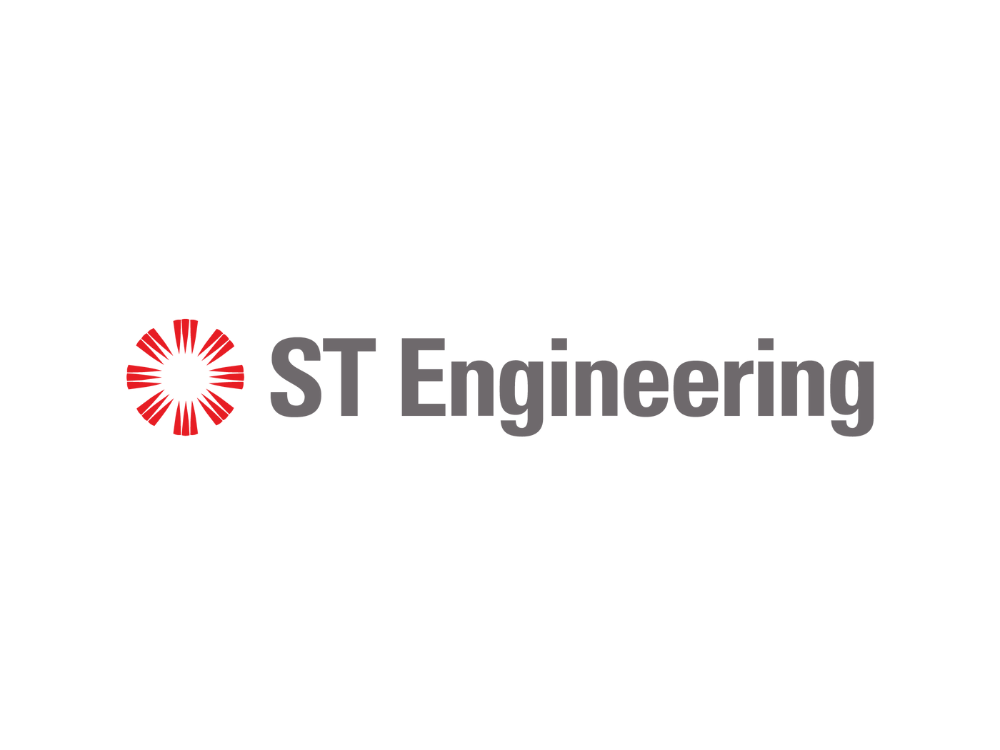ST Engineering – MRAS joined the panel at JEC World this year to discuss how manufacturers of all sizes can use automation and process optimisation to drive cost efficiencies.
As Antoine de Saint-Exupéry noted “A goal without a plan is just a wish”. Investing in advanced IT systems, cybersecurity, and robotic hardware is a great technology plan, but how do we optimise the technology and processes we have today to maximise output? Driving to a ‘Factory of the Future’ without an interim roadmap is a fools errand.
The best way to start often lies in identifying quick wins and taking those first steps. Quick wins were undoubtedly one of the main takeaways from this year’s JEC World panel discussion on ‘Composites 4.0: Unlocking Efficiency and Sustainability Through Automation and Digitalisation’.
The session included a well-balanced mix of sharp minds from software experts Plataine; materials R&D pioneers from the National Composites Centre; and world-leading manufacturer of complex aerospace structures ST Engineering – MRAS. MRAS’ case-study approach resonated well with the audience, as Mitch Smith, Director of Technology and Process Engineering and Acting Vice President of Operations, demonstrated how batch curing coordinated with machine run schedules can make a big difference in improving sustainability and efficiency.
Overseeing nearly a dozen autoclaves at MRAS’ facility, Mitch explained how his team constantly monitors material journeys, using dynamic scheduling to maximise throughput based on the optimum loading and upcoming availability of clave ready parts. Mitch shared that while autoclaves are traditionally not very energy efficient, his team at MRAS constantly seeks the most effective ways to utilise the autoclaves’ processing time.
As a manufacturer of complex aerostructures including nacelle systems and specialised structural components of the airframe, MRAS knows that when left unmanaged, the inefficiencies of ad hoc material management and kitting can snowball into significant materials wastage. That’s why maintaining efficient methods of cut scheduling and ply nesting has to be standard practice despite being processes that are often glossed over in day-to-day operations. Such incremental changes to basic existing processes can have a multiplier effect and yield significant cost savings over time, while increasing productivity and improving sustainability.
On the benefit of adapting efficient processes such as leveraging digital technology in manufacturing plants, Mitch shared that “it helps you for the next product launch, now you have a system in place which allows you to be very optimised and much more cost competitive on those future programs. It’s really about developing the digital systems to allow you to be much more competitive on the programs coming up and to optimise your current product stream.”
Automation ultimately equals more jobs, not fewer!
In addition to process optimisation and digital systems, it is also essential to embrace the use of automation, software, and robotics. The JEC World panellists felt that skills and employment would also thrive in this win-win scenario, and that the notion of robotics and automation taking jobs is not only outdated but actively disavowed by the younger generation.
Mitch shared, “Robotics enable higher technical learning for [our staff]. It’s also rewarding in that they also feel much more involved in advancing our business and the products that we manufacture. [They know] what they bring to it and it’s more than just being a worker who is out laying bricks or putting down plys.”
When staff specialised training and obtain higher levels of knowledge related to new technologies, they thrive in high-value jobs with increased self-worth and loyalty to the product and ultimately the organisation. That results in better retention of the valued, highly skilled human capital. On a macro scale, the growth promoted by this combination of expertise and automation will, in turn, provide yet more demand for such jobs.
Mitch added that “Though we are bringing in more automation, we never see it as replacing people; it’s really about enhancing their work. We usually end up growing because it allows us to have greater capacity through our facility, to build more products and grow the business while reducing lost time and accidents.”
The concept that robotics will replace people is ‘outdated’. Given the many manual processes involved on the shopfloor, there are benefits to be reaped from automating and digitising. These range from optimised manufacturing planning to improved shop floor safety. One challenge to overcome, however, will be gaining the trust of the organisation’s “Influencers”. Every manual production environment has them, and while they are not necessarily posting on-line, they are actively driving the culture of the business. Often being employees who have been doing their job for many years, the first step is to get their buy-in and confidence in the new ways of working.
Finally, the results and suggestions from automated systems must also be sense-checked. For example, the panel asked the audience to consider the analogy of an app for navigation, especially in the early years of adoption, where it was not uncommon for a satnav to direct the driver into a dead-end or open field. Blind reliance on automated outputs can potentially lead to unfiltered, erroneous results that jeopardise trust from the experienced human element. Instead, use data to gain insights and make sensible decisions and suggestions, but get the buy-in early, and both humans and machines will benefit and grow together.

